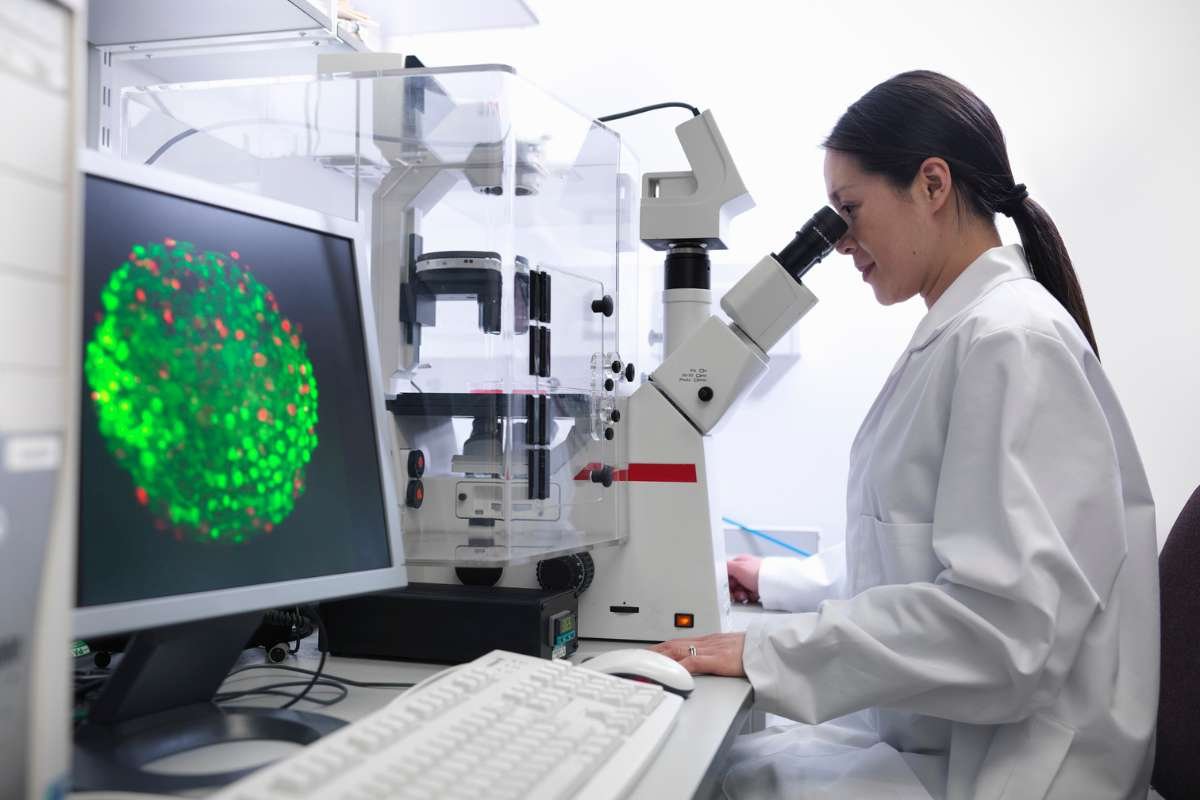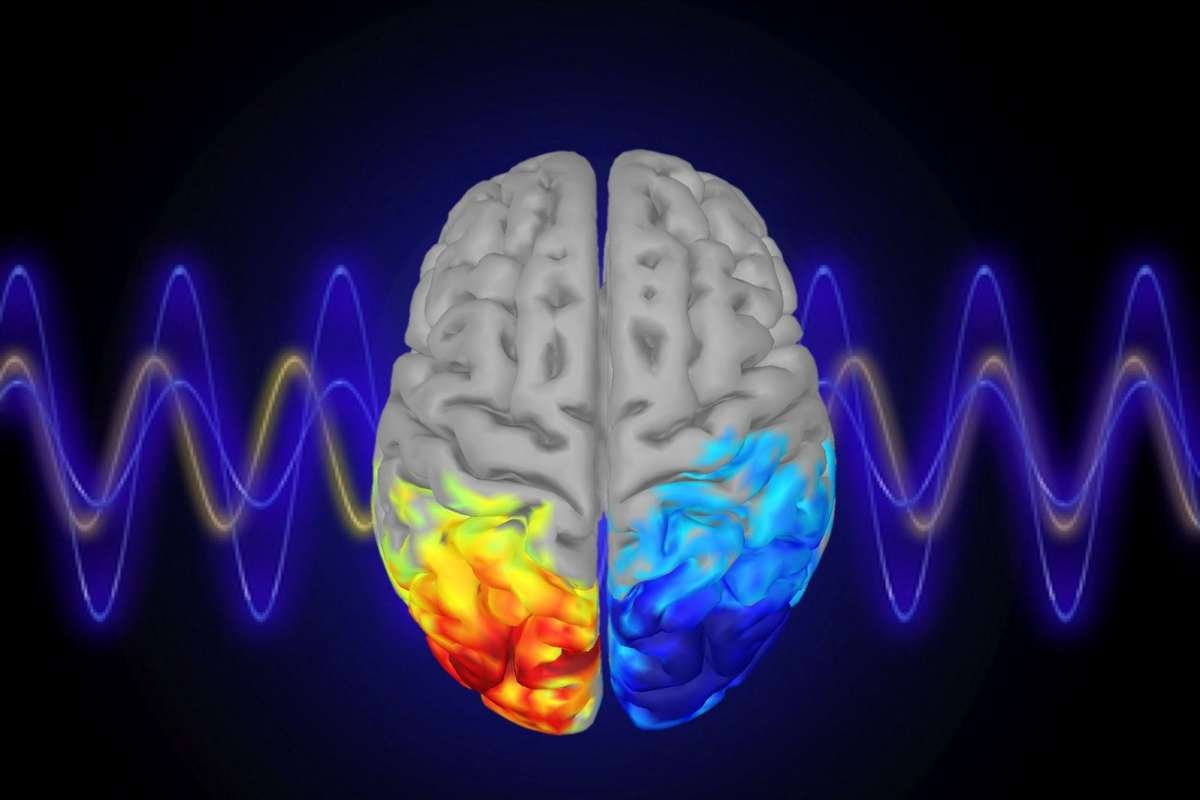STEM cell therapy has presented itself as a medical miracle with a groundbreaking advancement in terms of regenerative medicines. This offers a chance to design and create treatments for various diseases and injuries. In this innovative method, the body’s repair mechanism is used to regenerate damaged organs, and tissues, potentially contributing to reshaping the healthcare industry as we know it. In this article, we will explore some of the distinct and unique benefits of stem cell therapy and uncover its applications, future potential, and the ongoing research that is driving its development.
Understanding Stem Cells and Their Therapeutic Potential
Stem cells are unique cells with the remarkable ability to self-renew and differentiate into various specialized cell types. This dual capacity makes them invaluable for regenerative medicine. There are two main types of stem cells:
- Embryonic Stem Cells (ESCs): Derived from embryos, these cells are pluripotent, meaning they can differentiate into any cell type in the body. However, their use raises ethical concerns.
- Adult Stem Cells (ASCs): Found in various tissues throughout the body, such as bone marrow, adipose tissue (fat), and blood, these cells are multipotent, meaning they can differentiate into a limited range of cell types. Induced pluripotent stem cells (iPSCs) are adult cells that have been reprogrammed to exhibit characteristics similar to embryonic stem cells.
The therapeutic potential of stem cells lies in their ability to:
- Replace damaged cells: Stem cells can differentiate into healthy cells to replace those damaged by disease or injury.
- Stimulate tissue repair: Stem cells can secrete growth factors and other signaling molecules that promote tissue regeneration and healing.
- Modulate the immune system: Stem cells can help regulate immune responses, which can be beneficial in treating autoimmune diseases.
Exploring the Benefits of Stem Cell Therapy Across Various Conditions
The benefits of stem cell therapy are being explored in a wide range of medical fields, offering promising treatments for previously untreatable or difficult-to-manage conditions:

1. Hematopoietic Stem Cell Transplantation (HSCT):
This is the most established form of stem cell therapy, primarily used to treat blood cancers like leukemia and lymphoma, as well as other blood disorders such as sickle cell anemia and thalassemia. In HSCT, damaged bone marrow is replaced with healthy stem cells, which then restore the production of blood cells.
2. Orthopedic Conditions:
Stem cell therapy is showing promise in treating various orthopedic conditions, including osteoarthritis, cartilage damage, and tendon injuries. Stem cells can differentiate into cartilage cells (chondrocytes) and other connective tissue cells, promoting tissue repair and reducing pain and inflammation.
3. Cardiovascular Diseases:
Research suggests that stem cell therapy may be beneficial in treating heart failure and other cardiovascular conditions. Stem cells can potentially regenerate damaged heart muscle tissue and improve blood flow.
4. Neurological Disorders:
The benefits of stem cell therapy are being investigated for neurological conditions such as multiple sclerosis, Parkinson’s disease, Alzheimer’s disease, and spinal cord injury. Stem cells may be able to replace damaged neurons and promote nerve regeneration.
5. Autoimmune Diseases:
Stem cell therapy is being explored as a treatment for autoimmune diseases such as rheumatoid arthritis, lupus, and Crohn’s disease. By modulating the immune system, stem cells may help reduce inflammation and prevent the immune system from attacking the body’s tissues.
6. Diabetes:
Research suggests that stem cell therapy may offer a potential cure for type 1 diabetes by replacing damaged insulin-producing cells in the pancreas.
7. Wound Healing:
Stem cells can promote faster and more effective wound healing by stimulating the formation of new blood vessels and skin tissue.
Specific Examples of the Benefits of Stem Cell Therapy
To further illustrate the benefits of stem cell therapy, let’s consider some specific examples:

- Osteoarthritis: In osteoarthritis, the cartilage that cushions the joints breaks down, causing pain, stiffness, and reduced mobility. Stem cell therapy can help regenerate damaged cartilage, reducing pain and improving joint function.
- Multiple Sclerosis: Multiple sclerosis is an autoimmune disease that affects the central nervous system. Stem cell therapy may help repair the damage to the myelin sheath, the protective covering of nerve fibers, potentially slowing down disease progression and improving neurological function.
- Heart Failure: In heart failure, the heart muscle is weakened and unable to pump blood effectively. Stem cell therapy may help regenerate damaged heart muscle tissue, improving heart function and reducing symptoms.
The Future of Stem Cell Therapy
While stem cell therapy holds immense promise, it is still a relatively young field. Ongoing research is focused on:
- Improving the efficiency and safety of stem cell therapies: Researchers are working to develop more effective methods for isolating, expanding, and differentiating stem cells.
- Developing new stem cell therapies for a wider range of diseases: Clinical trials are underway to investigate the potential of stem cell therapy for various other conditions.
- Understanding the long-term effects of stem cell therapy: Long-term studies are needed to assess the safety and efficacy of stem cell therapies over time.
Navigating the Landscape of Stem Cell Therapy

It’s important to approach stem cell therapy with realistic expectations and to seek information from reputable sources. It’s crucial to consult with a qualified medical professional to determine if stem cell therapy is an appropriate treatment option. Be wary of clinics offering unproven or experimental stem cell therapies, as these may not be safe or effective.
I am all for finding a cure for any and every disease known to man, but there are certain issues that outweigh just finding a cure and doing research and life is one of those. … As much as I’m for research, nothing outweighs the pro-life issue. [With embryonic stem cell research] you’re taking human life.
Kurt Warner
Conclusion: Embracing the Potential of Regenerative Medicine
As the research progresses, the vast benefits of stem cell therapy continue to unfold. This new method of treatment is giving a chance to treat and cure many diseases and injuries, possibly changing the entire medical industry. Some challenges are yet to be overcome, however, the ongoing research and clinical trials are helping us navigate to a future where stem cell therapy acts as a pioneer in regenerating medicines that can improve any individual’s life. As we go to the depth of stem cell biology to expand our understanding, we can see potential in this research for using the body’s repair mechanism in stem cell therapy to improve and continue to grow in the future.






